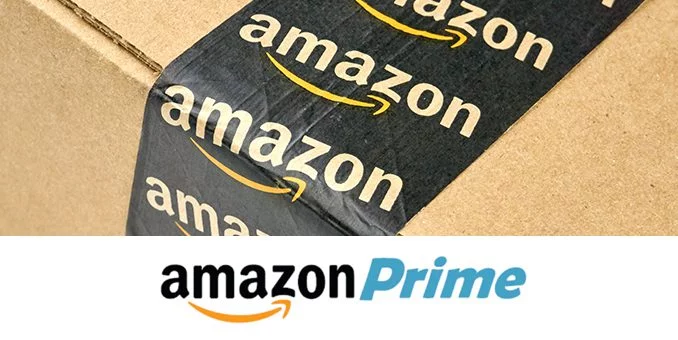
To be an “Amazon Seller” is a wish that most of our clients have and that can get satisfaction from online selling.
Amazon Fulfillment (Amazon FBA: Fulfillment By Amazon) is a service given by the marketplace itself. This solution is easy and useful because it allows to send your products to one of Amazon warehouses where the products will be stocked, handled and sent to the final customer.
We have tried it and now we have an idea of what are the advantages and disadvantages of this service - that you will find at the end of this post.
The aim of this post is to give you an idea of the FBA service. If you are interested in discovering how Amazon fulfillment works, and how to use it, I think that this post could be really helpful.
N.B. By now I am going to write about selling in Italy. For the foreign market read the next article.
Amazon fulfillment in 6 steps
- product choice: Amazon FBA tariffs can change according to the space occupied by your product inside the Amazon fulfillment center. These fees are charged together with the sales commissions when the product is shipped. For this reason, it can be wise to choose in advance which articles and in what quantity send to the Amazon warehouses. We made our decision by looking at our history of the orders and we selected the best seller (for an economic and stock analysis, go to ABC Analysis ). There are no limits for the number of items, you can also send only one product!
- Sing up to the service to start now: it is easy to sign in. The most important obstacles will come later.
- Prepare your product - eCommerce ready. You can choose whether to send directly to Amazon your product with your box, your label and other personalized items (e.g. the tape) as ready for the shipping. Or you can use Amazon prep services - giving up to the personalizations.
- Considers that Amazon operates a distinction between “Pallet” and “Box” but after the very first steps they will be called with the word “Box”.
- Storage. Amazon operates a distinction between “private” and “shared” stock. The choice depends on the type of product you sell. Try to answer to this question “Do you agree with the fact that your items are “mixed” in the stock with the same items of another seller?” or this one “Knowing that the same item could be sent to the stock by you and by other sellers, do you agree to send to the customer a box with the item you sold but that the items belong to another seller?” if you do not agree with these two question, we recommend you to choose the private and personal stock.
- Order creation and shipping: once you choose the packaging and the type of stock you have to create an “order”, which means that you have to send the information concerning the orders you are sending to Amazon. You have to give the exact quantities for each SKU (Stock Keeping Unit, the code of the article) you are sending. Amazon will detect the size of your pack from the SKU and according to the space available you will be addressed to one of the logistic centres. I suggest you to control this information before you prepare the document for the shipping. After the confirmation of the request and when Amazon received the products you are ready to sell!
- Amazon logistic inventory: once the service is active you will have an inventory dedicated to the FBA products. Here you will find the price of the products, the quantity, commission fees, size, etc.
- Pay attention: when you look at the transaction, you can often find a number of orders that does not correspond to the amount that Amazon paid for. That is because Amazon credits on you bank account only after the actual shipping of the item to the customer.
Conclusions: advantages and disadvantages of Amazon FBA
The process, as we have tested, is in some way complex. In particular, the words used can be misleading (pallet, boxes, orders, etc.). A certain importance is given to the analysis of the data - a process destinated to the seller who wants to use Amazon FBA - that can be wrong and surely need some more attention.
For the commercial point of view, we noticed an increase on selling up to the 200% on the single SKU.
To sum up, it is important to define the last considerations:
- This is a matter of fact (affirmed by Amazon itself): with this service there is a higher possibility to obtain the Buy Box.
- Certificated increase of the selling (+10% in our case on the total inventory).
- Completa delega ad Amazon per la gestione del customer care e gestione dei resi.
- No subscription cost and no minimum number of items to sendi.
- Complexity during the creation of the shipping, both for the interface and for the words used.
- Lower sensibility for the handling of the items.
- Item sizes can be often wrong or different according to the stock.
I hope that these èpieces of information can be useful to start. In the next article I will give you other details and I will explain how it works for the selling in other parts of the world.
What about your experience on Amazon FBA? Have you tried it yet?

